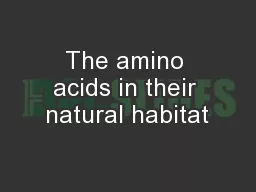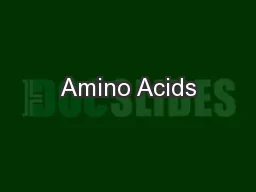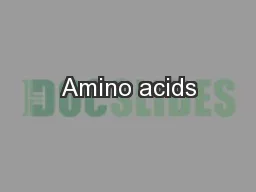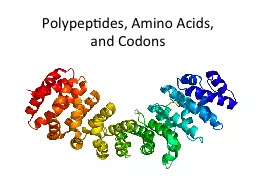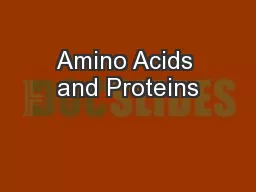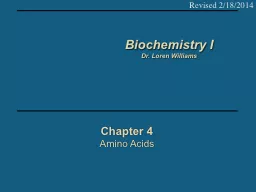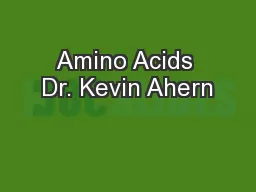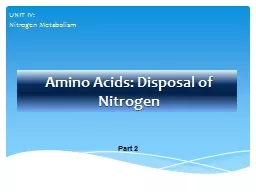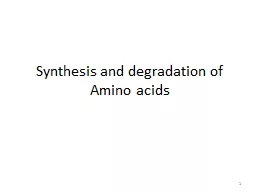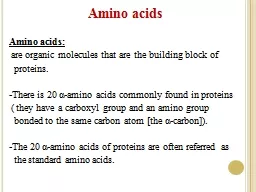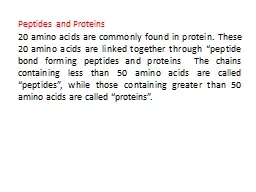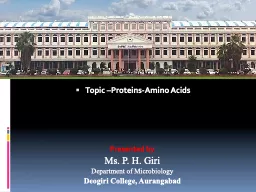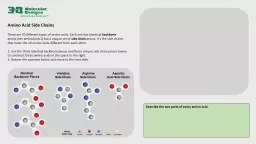PPT-The amino acids in their natural habitat
Author : jane-oiler | Published Date : 2017-05-02
The amino acids in their natural habitat Topics Hydrogen bonds Secondary Structure Alpha helix Beta strands amp beta sheets Turns Loop Tertiary amp Quarternary
Presentation Embed Code
Download Presentation
Download Presentation The PPT/PDF document "The amino acids in their natural habitat" is the property of its rightful owner. Permission is granted to download and print the materials on this website for personal, non-commercial use only, and to display it on your personal computer provided you do not modify the materials and that you retain all copyright notices contained in the materials. By downloading content from our website, you accept the terms of this agreement.
The amino acids in their natural habitat: Transcript
Download Rules Of Document
"The amino acids in their natural habitat"The content belongs to its owner. You may download and print it for personal use, without modification, and keep all copyright notices. By downloading, you agree to these terms.
Related Documents

